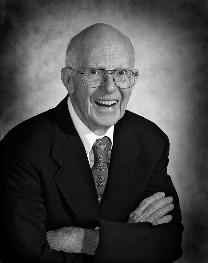
The groundbreaking work of John Bahcall, Raymond Davis, and Masatoshi Koshiba led to the discovery of solar neutrinos, furthering our understanding of the internal processes of the Sun and stars in general. Their research demonstrated that the nuclear reactions that produce neutrinos also cause the Sun to shine. Specifically, nuclear fusion among light elements is responsible for energy generation in the Sun.
While Bahcall provided the theoretical basis for the experiment, Davis was the first person to detect solar neutrinos in a new experiment centered almost a mile underground in the Homestake Gold Mine in South Dakota. Ordinarily, neutrinos rarely interact at all with matter and are, therefore, very difficult to detect. Knowing that a solar neutrino was expected to produce radioactive argon if it interacted with a nucleus of chlorine, Davis developed an experiment with a commonly used dry-cleaning chemical called perchloroethylene, which is a good source of chlorine. By burying a 100,000-gallon tank filled with this compound deep under the Earth, the neutrinos would be protected from cosmic rays. The target tank had to be big because the probability of chlorine capturing a neutrino was ten quadrillion times smaller than from comparable experiments in a nuclear reactor.
Despite these odds, Davis's experiment confirmed that the Sun produces neutrinos, but the number of neutrinos counted was a third of the number predicted by Bahcall.
Raymond Davis received his B.S. and M.S. degrees in 1939 from the University of Maryland, and his Ph.D. in physical chemistry from Yale University in 1942. Davis is a member of the National Academy of Sciences and the American Academy of Arts and Sciences and has received countless honors for his lifetime achievement including the Wolf Prize in Physics, the National Medal of Science and the 2002 Nobel Prize in Physics along with Dr. Koshiba.
Nuclear reactions at the cores of stars (including the sun, shown here) emit neutrinos.
Information as of April 2003

